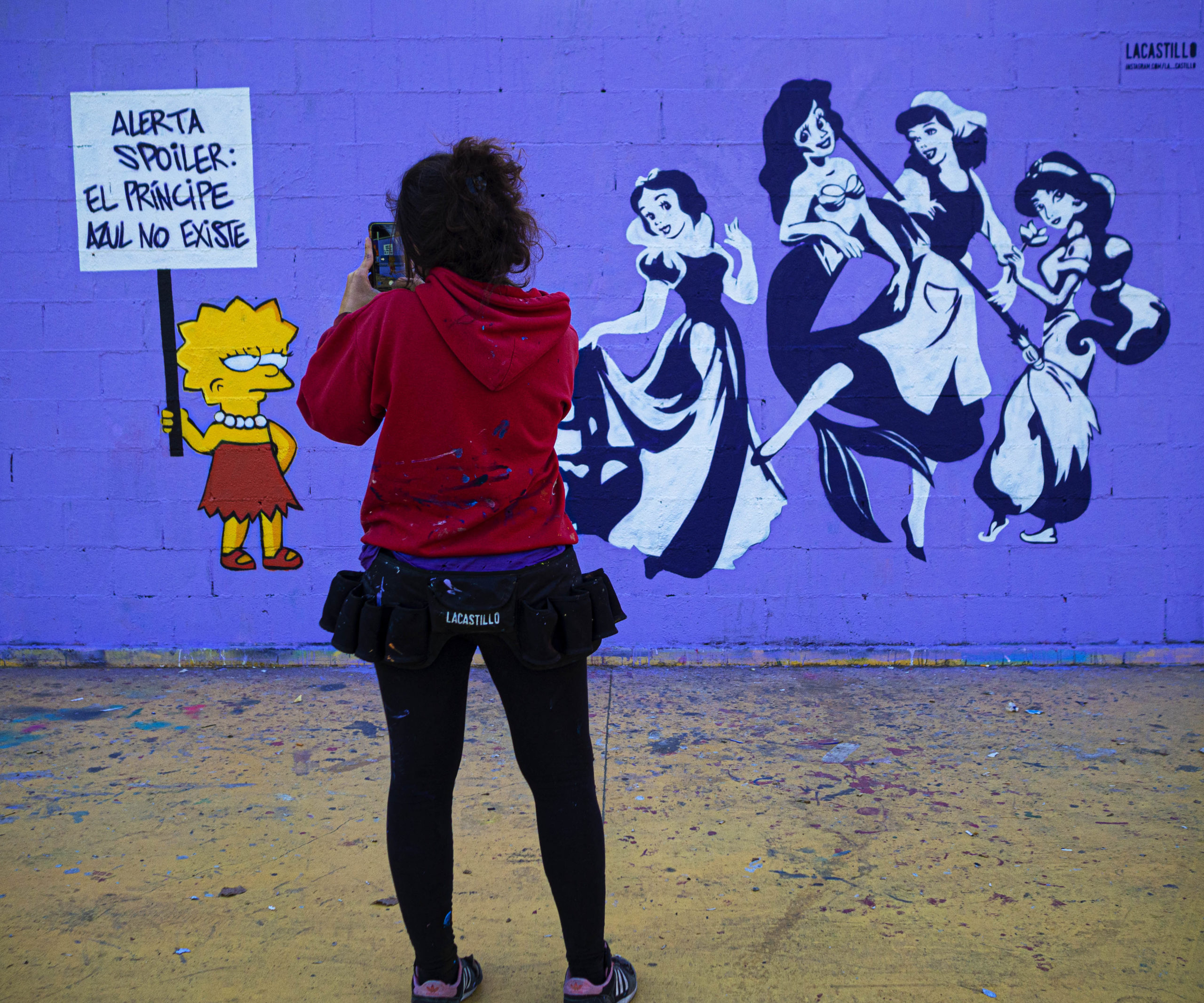Winner Gender Divide category – Don de sabiduría y entendimiento
Alejandro J. Pernía
Visual Arts graduate
Mérida (Venenzuela)

The story behind the picture, by the author.
Information technologies have generated transformations in the relationships between family members of different generations; and therefore, the teaching and learning processes are affected. Each one in this family uses a different technological language but they remain family and share under the criteria of inclusion under the same roof. The pandemic has accelerated the digital divide between family members. Technology’s use has increased, older women continue to have a greater burden of housework and education, and young people make more work and recreational use of online services. The restrictions imposed by the Covid-19 pandemic have brought young people closer to greater internet consumption, but in relation to age, it has not been done equally.
With the measures of social distancing and confinement, many family members have get used to the use of technological tools with remote work, video calls and the use of social networks. This pandemic has reinforced pre-existing gender inequalities in families. Grandmothers and mothers will always remain concerned about the care in the family environment in terms of growth, education and care of their children.
For the grandmother, it can a barrier because she does not know how to use technology, because she does not know how to use computers, tablets or the internet, but this does not limit her to reading magazines or newspapers to keep informed. These inequalities between family members hinder access to and equitable use of technologies and affect the ability to cope with the pandemic. Both the grandson and his grandmother seek to stay informed, each in her own way wants to be productive, be safe at home and connected with their loved ones in a reciprocal support system. The coronavirus pandemic has proved that we must act with long term perspective and recognize the importance of digital technologies for the continuity of the day-to-day life of families. This covid-19 crisis has taught the importance of not leaving those who are less digitally equipped and recognizing the existing gaps.
Special Mention Gender Divide category – Brecha de desigualdad de género y generacional
Daniel Aparicio
Firefighter
Barcelona (Spain)

The story behind the picture, by the author.
The photograph shows the generation gap between the young graffiti artist and the characters made on the wall. A well-known author of ARTivism (art + activism) through the hybridization between analog and digital, applying the potentialities of the artistic to be more effective and visible in her social and political commitment.
Currently the artist has made graffiti in the Plaza de Las Tres Chimeneas in Barcelona and different locations in the city. She dominates the smartphone, taking photos and videos, posting them on her different social networks, like Instagram. She is an artist who tries to raise awareness and inspire actions of change for the common good, like other young people through her graffiti. The gender gap is also one of the difficulties and is reflected in the image. Statistically the standard of living of women and access to new technologies is more complicated.
Wallspot is an application that was born in Barcelona with the aim of freeing up urban spaces so that graffiti artists could practice and capture their works without fear of penalty from the authorities. Through the APP, graffiti artists reserve a city wall legally, by selecting the time and day they want to do the graffiti, and the system reserves a space for them. There are no rules. Everyone can paint whatever they want, and use the materials they want. Although this idea arose in Barcelona, the APP currently welcomes 19 countries around the world. The APP in Barcelona has different spaces to paint such as: Three Chimneys, Agriculture, Selva de Mar, Forum Beach and Drassanes.